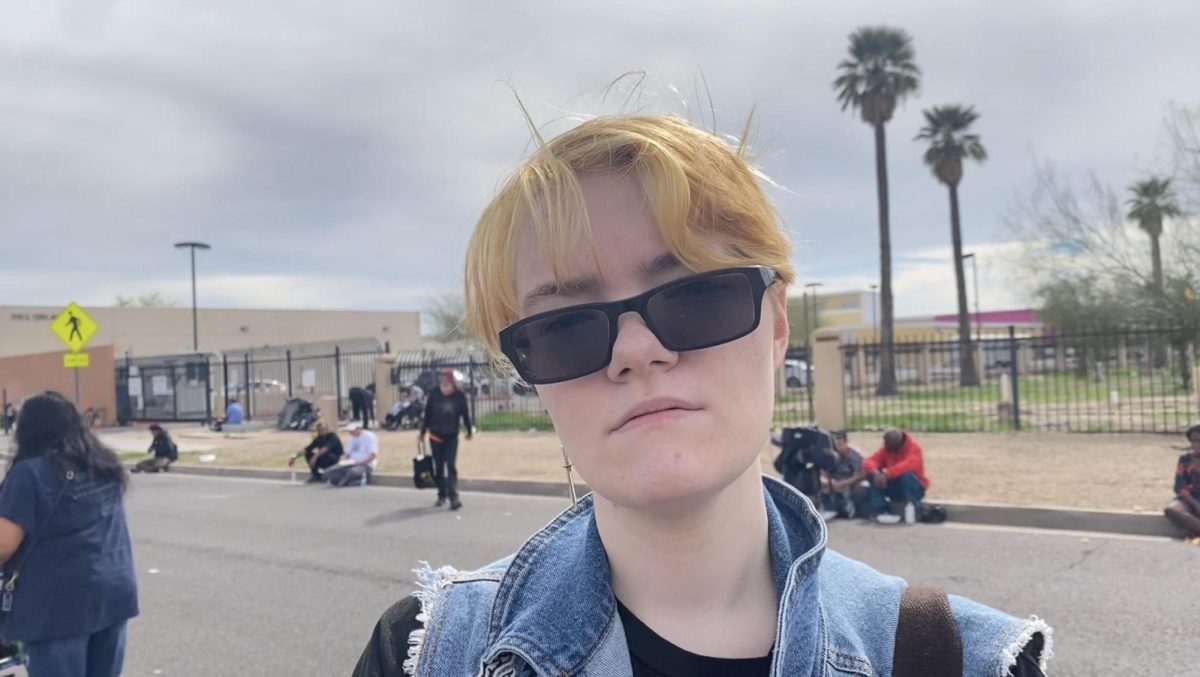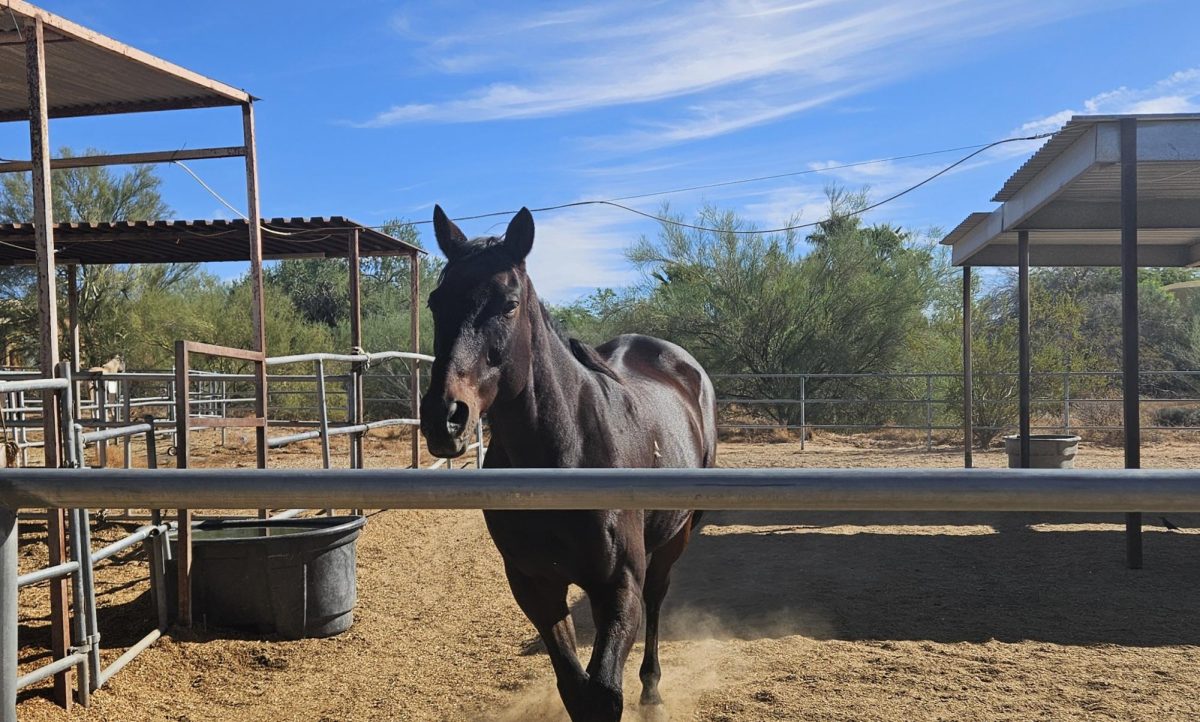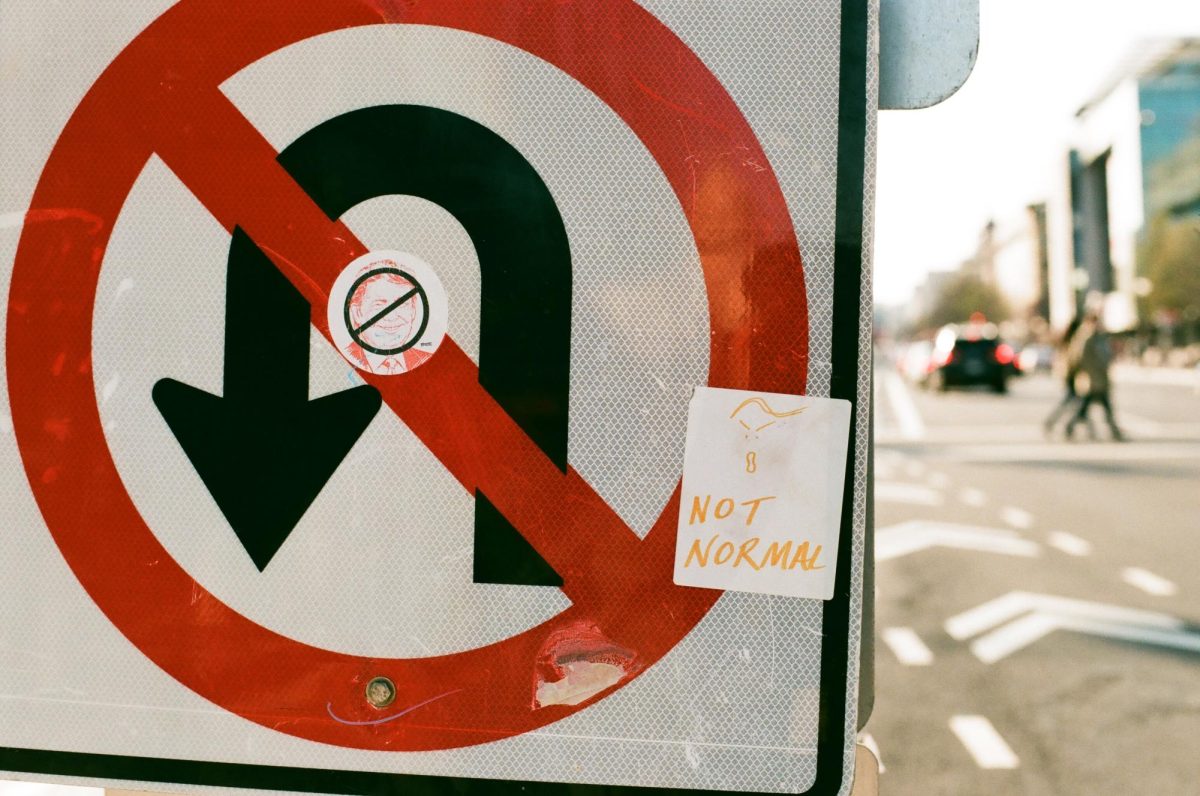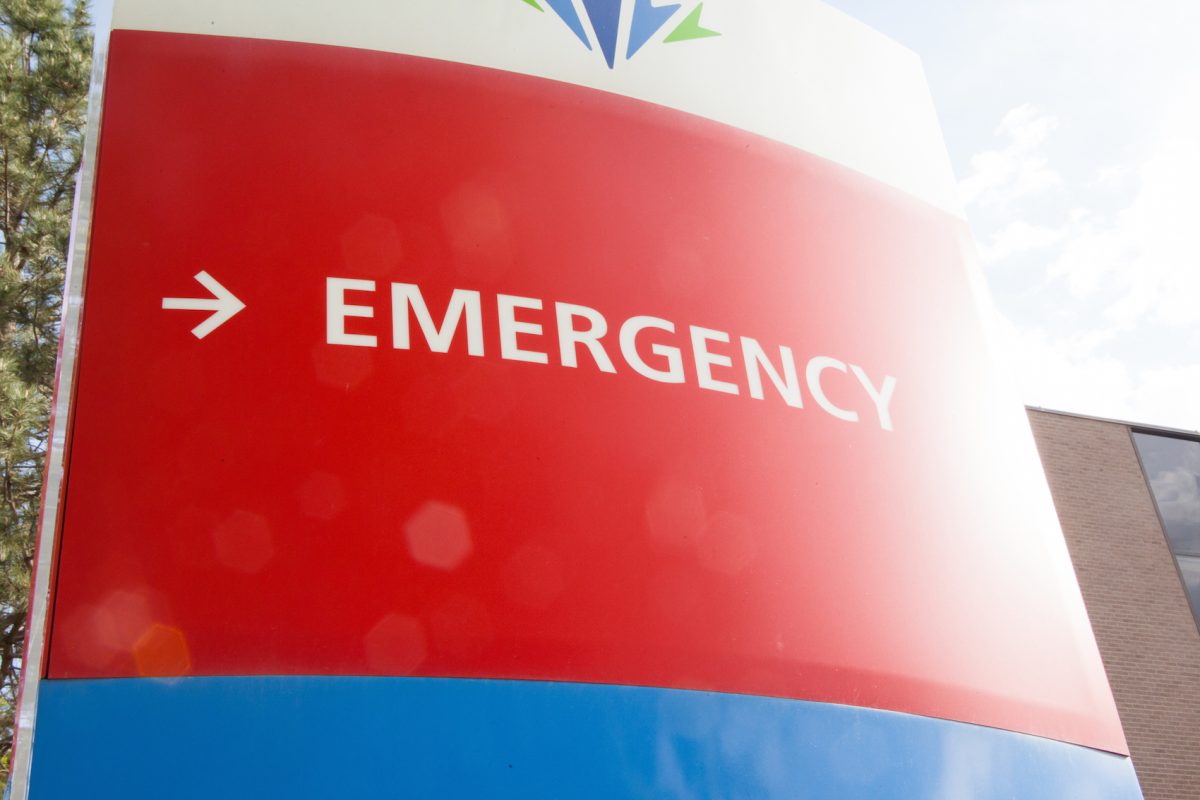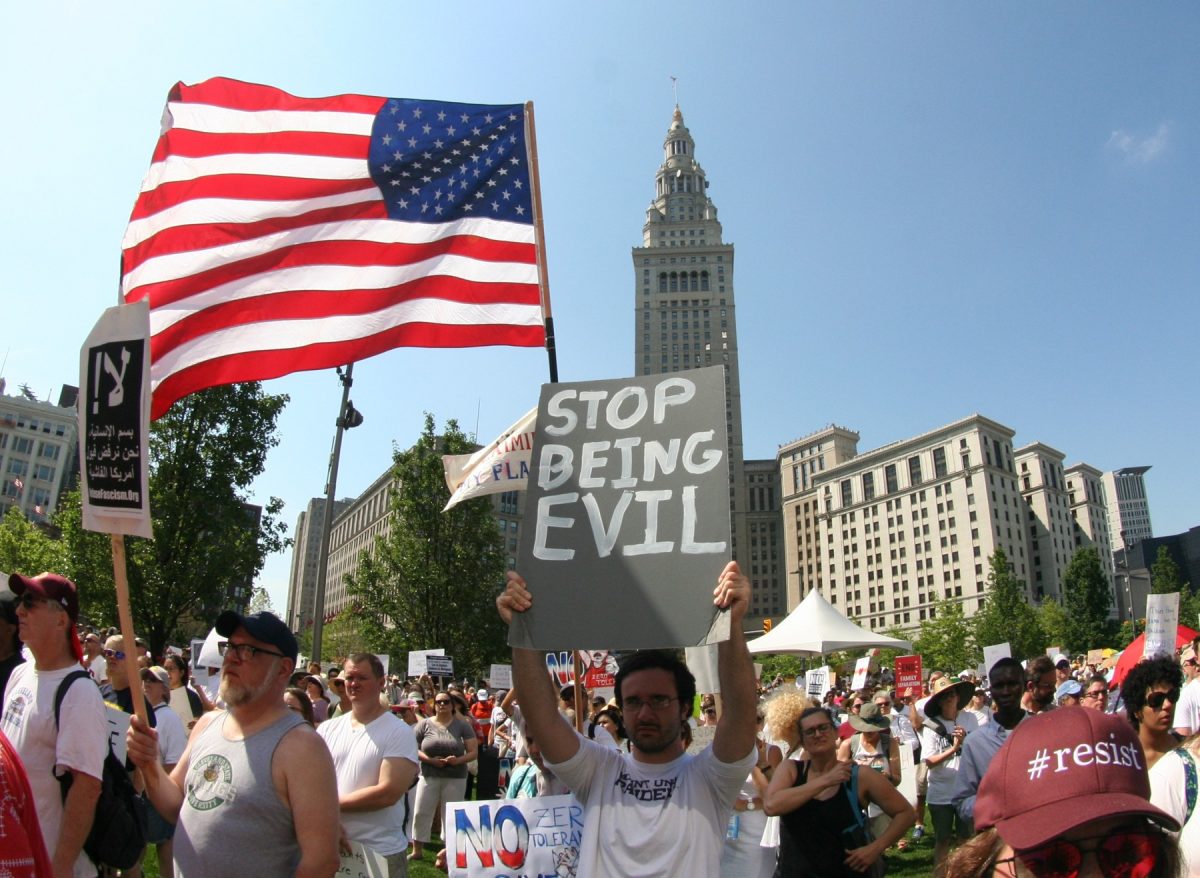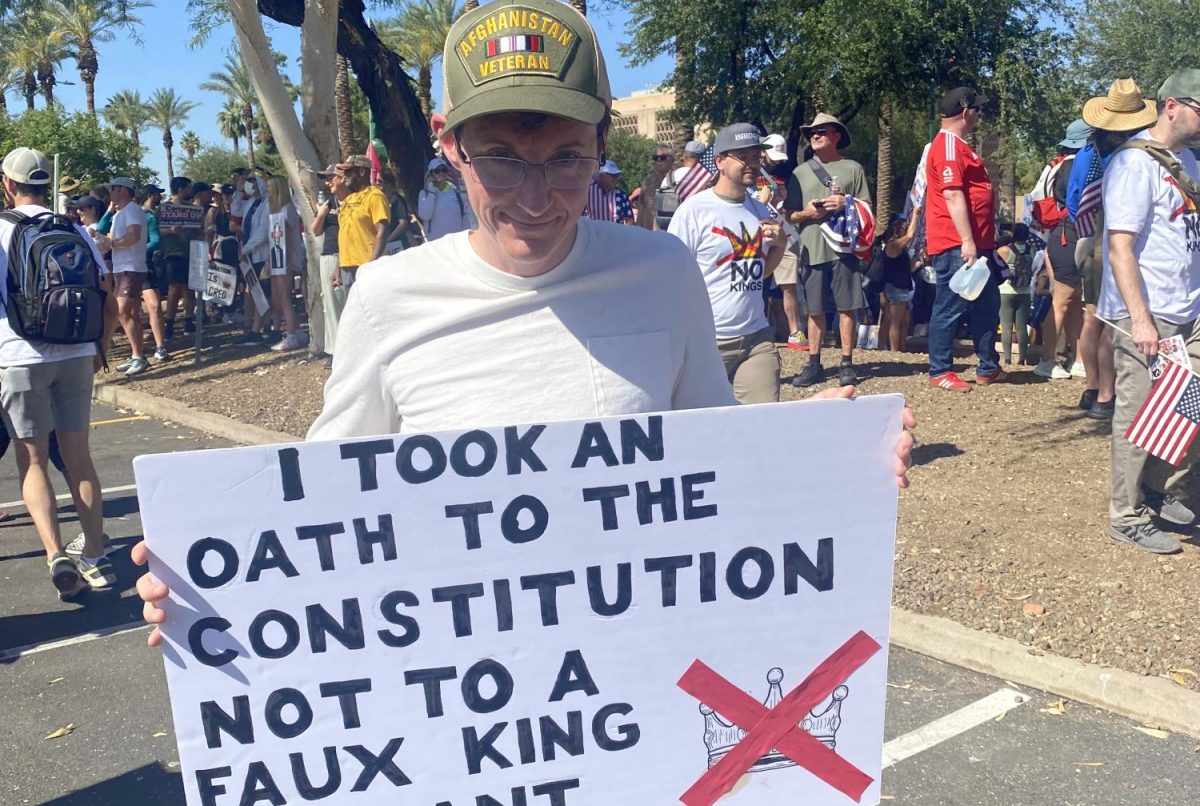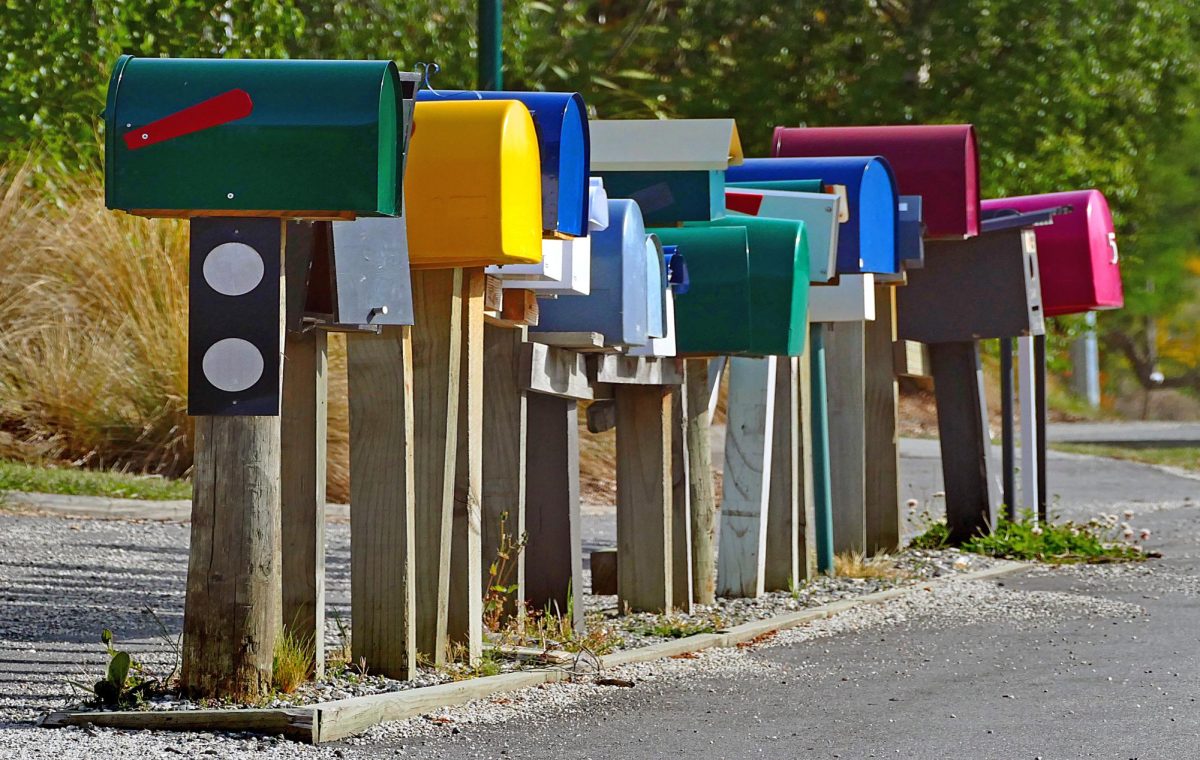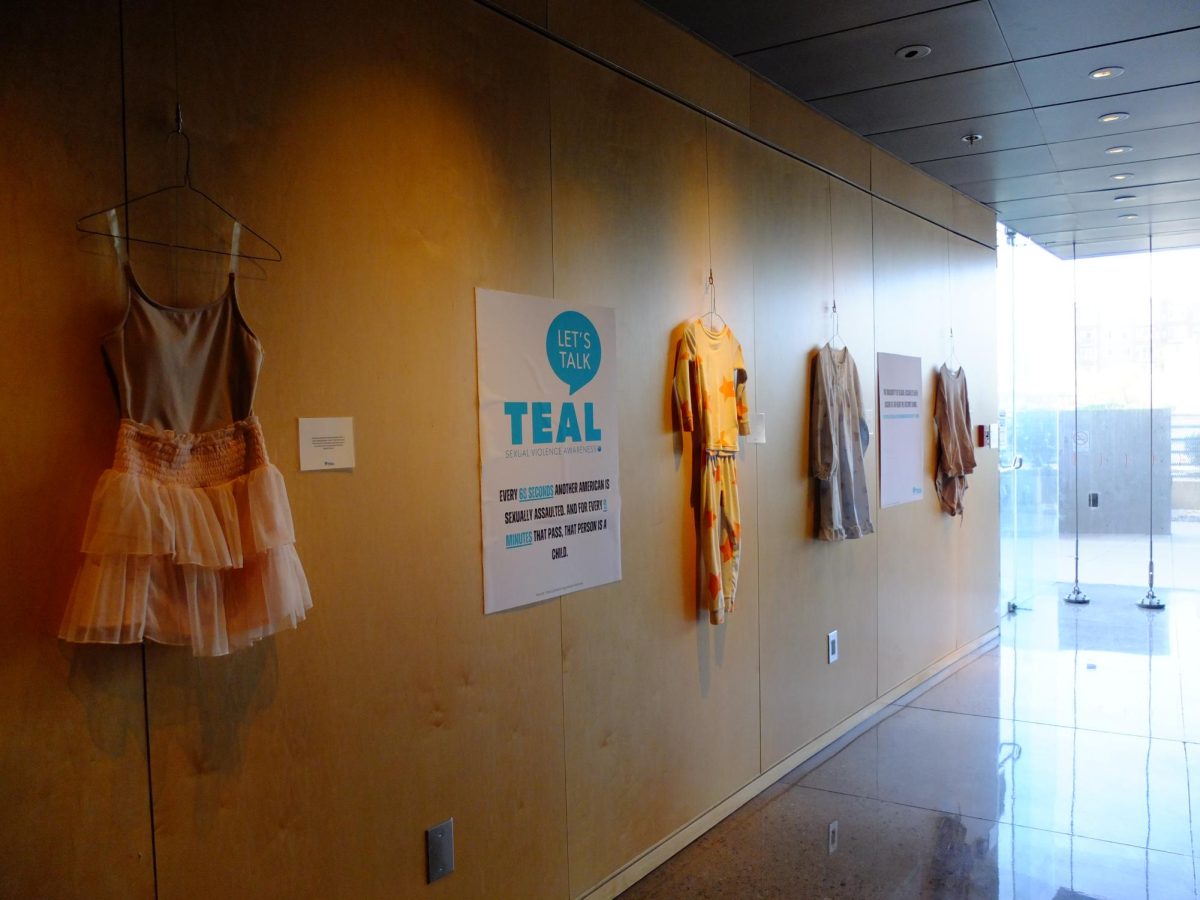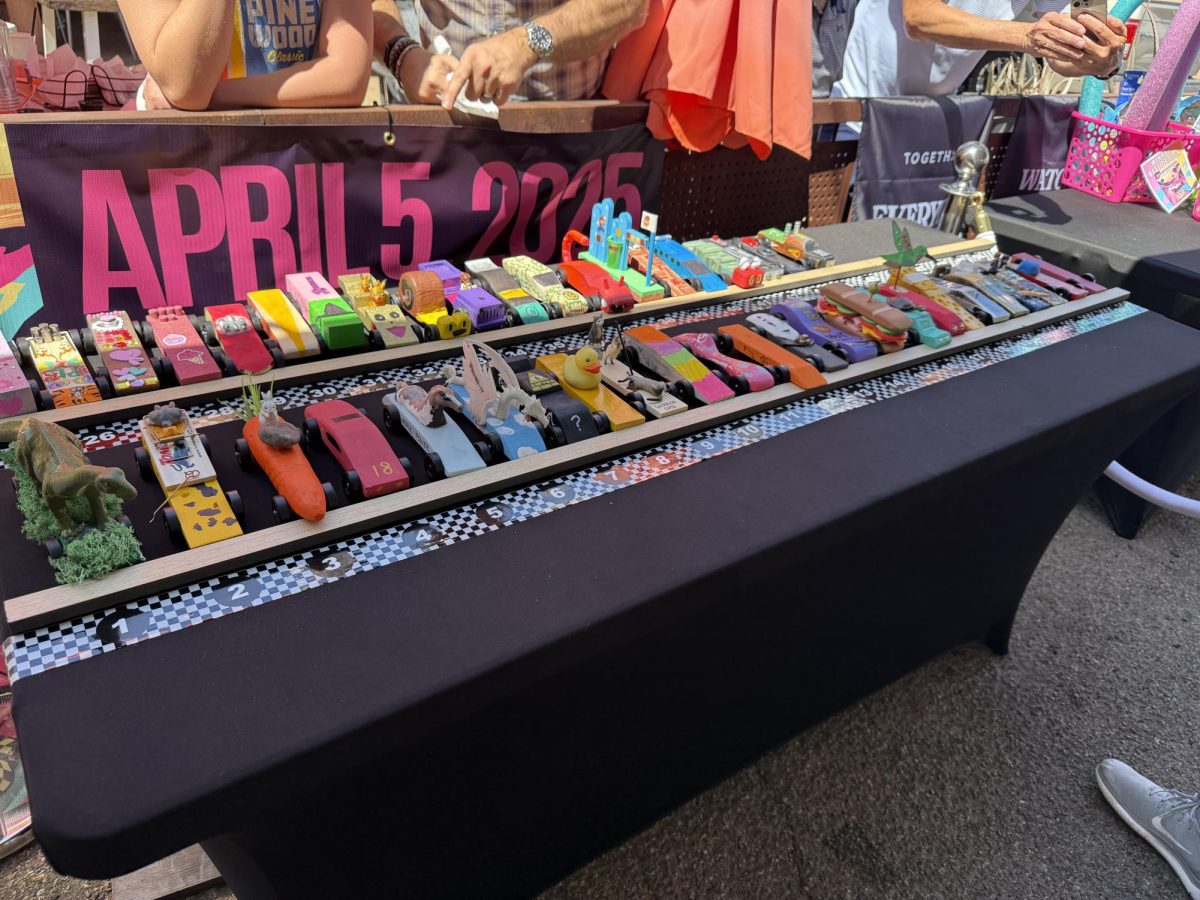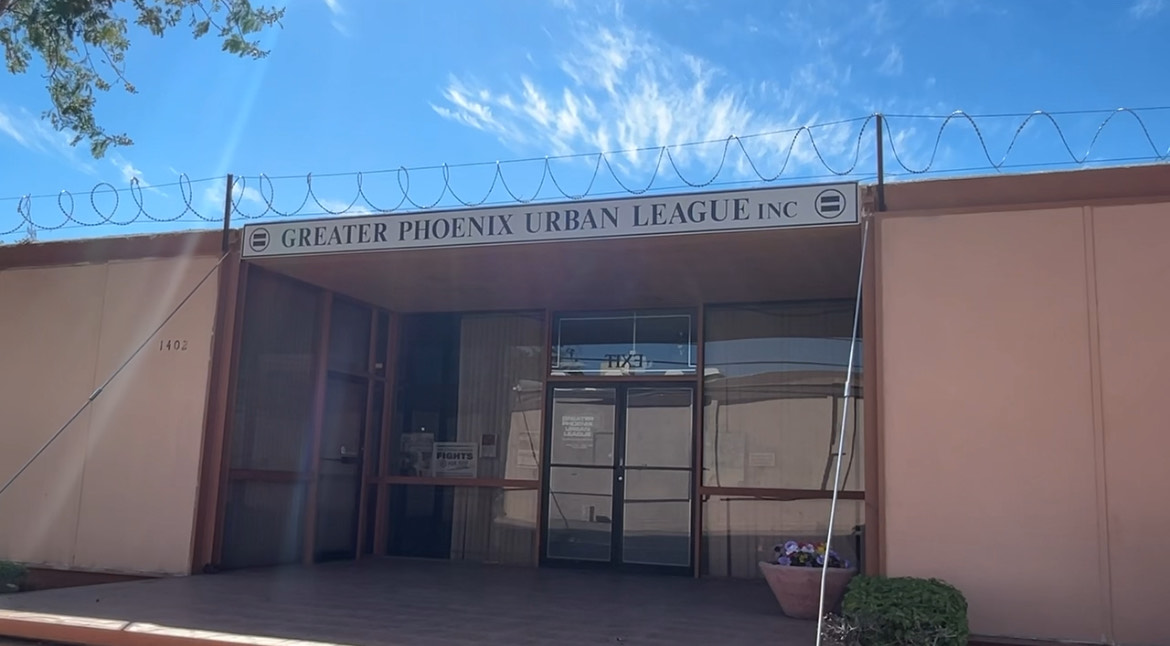Phoenix, Arizona, has long grappled with homelessness, an issue that came to a head with the cleanup of “The Zone,” a large encampment in the heart of the city. A judge ordered the Zone area, previously filled with people residing in tents and makeshift shelters, to be cleared, but the aftermath has exposed significant deficiencies in the city’s approach to handling the crisis.
A statistic cited from the Arizona Republic estimated that the total number of homeless individuals in Arizona in 2023 was approximately 14,000, with a record 7,600 of them going without shelter.
The Zone’s cleanup was complex, involving city officials, law enforcement, and various non-profit organizations. The immediate effect was the displacement of hundreds who had made the encampment their home. While some were relocated to shelters, the rapid shift left many without a place to go, underscoring the chronic shortage of resources such as beds and living facilities.
For those who were moved, the conditions in shelters like Central Arizona Shelter Services (CASS) have been far from ideal. According to firsthand accounts gathered by Northeast Valley News the facilities suffer from severe overcrowding, with an overflow area that often serves as a corrective space for residents deemed non-compliant with shelter rules. These rules can be as trivial as hugging another resident, leading to further isolation and hardships.
A current resident of CASS, a 23-year-old non-binary individual who asked to be identified as “Ben” spoke to Northeast Valley News on the issue of overcrowding and the repercussions that follow.
“Overflow is a form of punishment; if you do something wrong in the main portion, you get sent there. That’s not fair to anyone, really, because we are all just looking for a home,” Ben said.
Another pressing issue is the imperative shortage of caseworkers. Residents like Ben, who found themselves in the shelter system due to repeated incidents of domestic violence, often feel neglected.
Another temporary location referred to as a safe outdoor space or an “SOS lot”—has been refurbished and is near the now vacant Zone near 15th Avenue and Jackson.
Northeast Valley News and other media organizations have, so far, not been allowed to tour the campground. But several residents spoke to us upon leaving the campground while going to work or walking to secure a place in line for other services and in order to apply for the much needed case worker or a referral to be able to reside in the facility.
There were only several dozen people living there when Northeast Valley News interviewed residents but according to Rachel Milne, director of Phoenix’s Office of Homeless Solutions, once renovations are complete up to 300 people will be permitted. Milne admitted that “it’s really so much better for individuals to go to indoor places,” but the renovated shipping containers and tents are for now serving the homeless residents that qualify.
For many this means beginning the in-person referral process at the nearby Human Services Campus or the nonprofit Community Bridges Inc.
Residents of the SOS facility must meet certain standards to live inside the sheltered and monitored campground such as the referral and they must also comply to the 11:p.m. curfew (unless they hold a night job) agree to personal searches by security guards upon entering and exiting the campground and random tent searches.
Many housed on the temporary grounds and within CASS are desperate for designated case workers, or their experience with the staff is not as helpful as they would like.
Ben discussed finding themselves homeless after their reported domestic violence and as a non-binary individual, the staff highly recommend that Ben get a case worker—but at the time of the interview Ben told Northeast Valley News there were no case workers available.
Further exacerbating their struggles as they navigate yet another new reality (relocation from The Zone) is the lack of personalized care and support is particularly critical for individuals with complex needs, such as those with multiple illnesses, mental health needs or physical disabilities especially among the growing number of elderly homeless, “I have been here for a week and still don’t have a caseworker – over at CASS, I was sleeping on the floor; so at least here, I got a bed,” said “Annette” a resident lucky enough to secure a tent and bed on the facilities ground purchased by the City of Phoenix to address the homelessness after The Zone demolition.
With the heat in Phoenix rising, the next concern is apparent.
The physical conditions within all of the shelters is concerning.
Reports of inadequate sanitation, backed up raw sewage, no privacy, facilities not being cleaned regularly all contribute to an environment where dignity and basic hygiene are compromised.
Such conditions not only affect the well-being of the residents but also discourage them from staying in the shelters, pushing many back onto the streets.
According to the Cicero Institute, since 2013, the number of homeless individuals with severe mental illness and substance abuse in Arizona has nearly doubled.
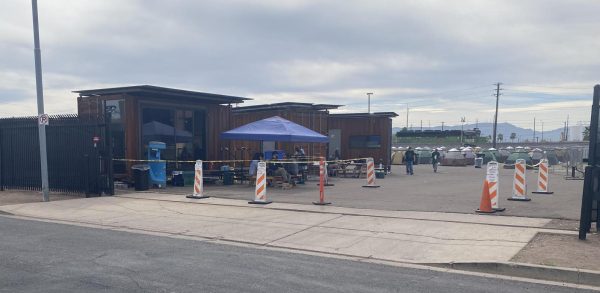
Mental health needs—lack of affordable housing top the reasons for growing homelessness
Substance abuse and mental illness are factors that play into the growing number of homeless individuals—but non-affordable housing has sent all homelessness and the rapidly growing senior homeless demographic over the top.
Older Arizonans are faced with the challenges of finding work that doesn’t exist or the ability to afford even a modest studio apartment as most of Arizona’s senior homeless rely solely on a meager Social Security check to cover food, personal hygiene, eye glasses, some medications and medical costs not covered by Medicare and other necessities.
While the city’s efforts to clear The Zone were aimed at addressing public health and safety concerns, the aftermath highlights a glaring gap in providing adequate support and resources for those affected by homelessness. The challenge remains not only in housing people experiencing homelessness but in ensuring that the facilities can provide a safe, supportive environment that respects the dignity and rights of all individuals.
According to the Cicero Institute, a nonpartisan policy organization focused on fixing broken systems in the public sector, Arizona’s short term shelter space has failed to keep up with growing homeless community.
Phoenix’s homelessness crisis, therefore, is far from over. The city faces the task of increasing the capacity of shelters and improving the quality of services, including access to caseworkers and ensuring that facilities are well-maintained. Without addressing these fundamental issues, the cycle of homelessness is likely to persist, with temporary fixes only exacerbating the problem in the long run.


